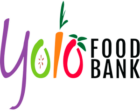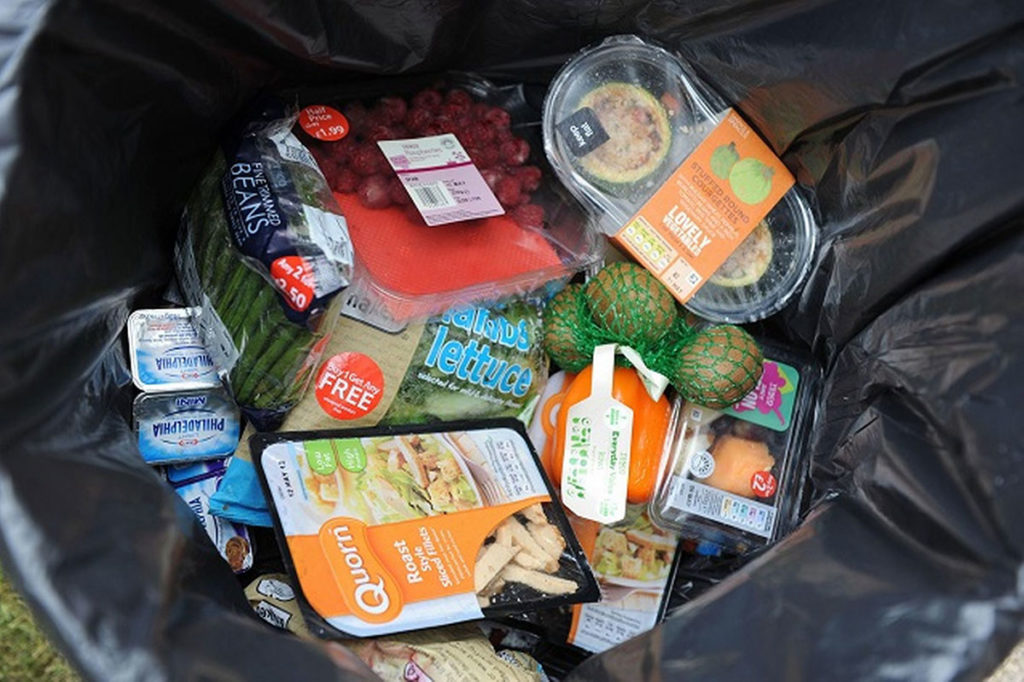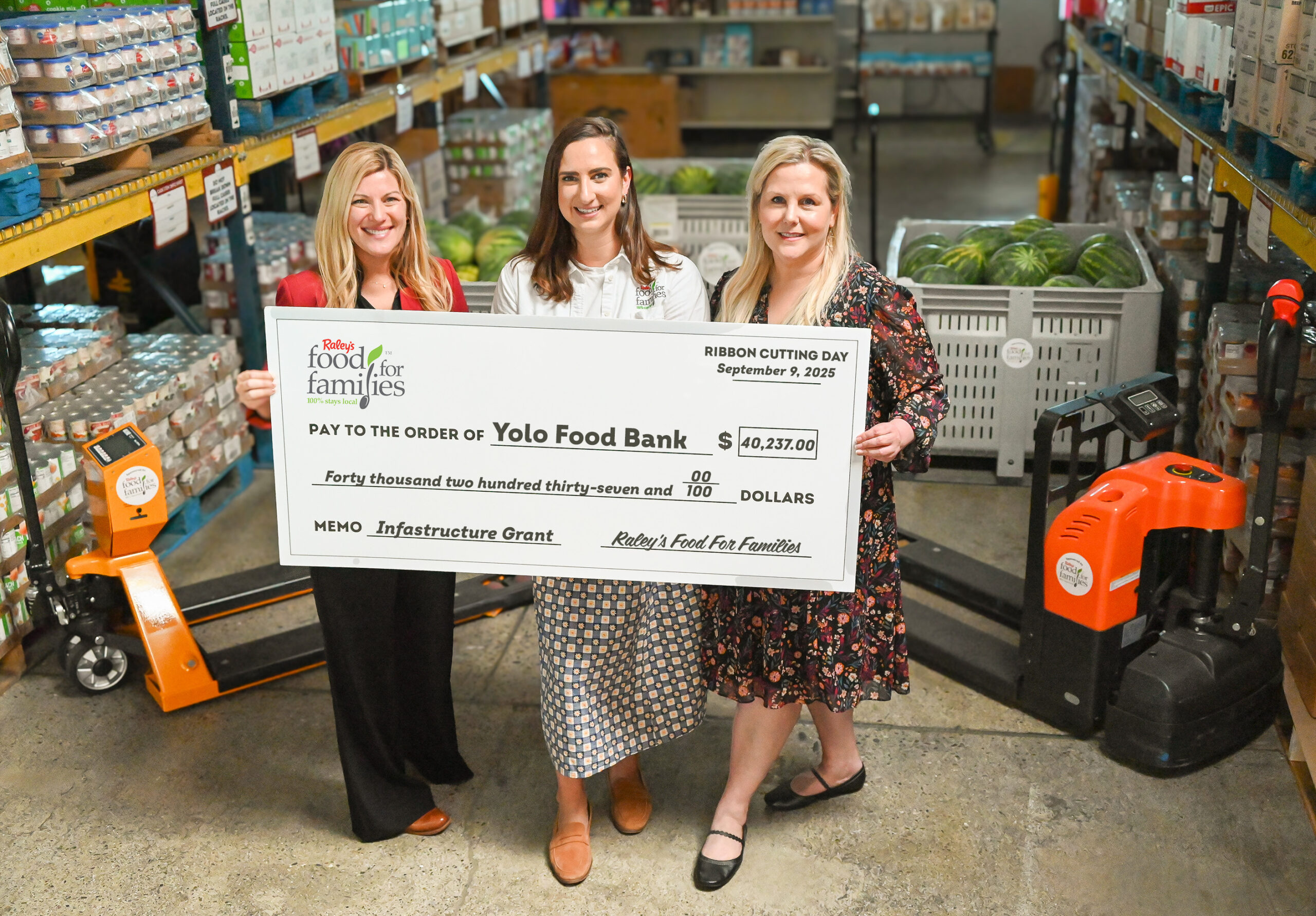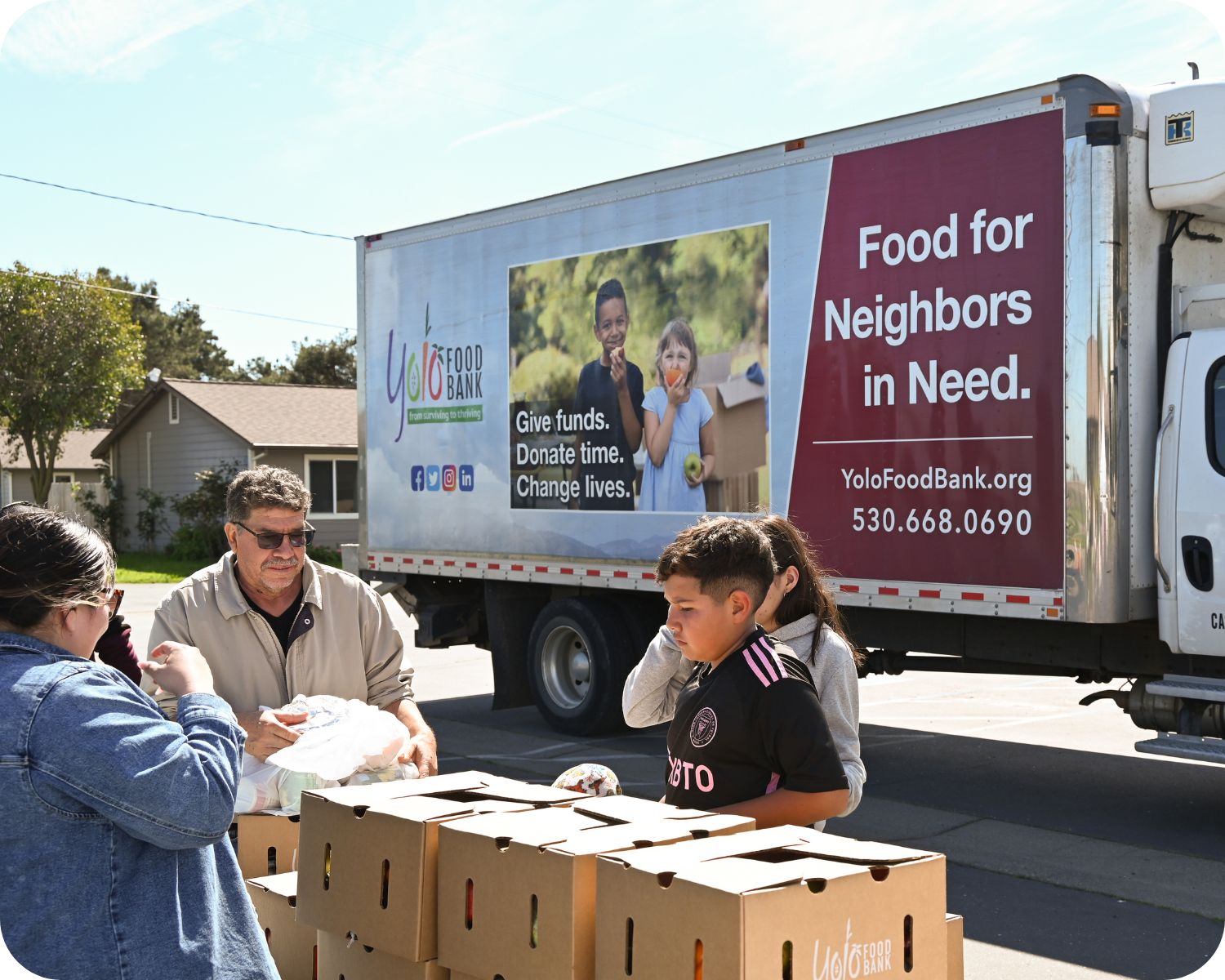Nearly half of all families in Yolo County don’t earn enough to meet basic needs. Not only did the pandemic triple the need for food assistance, it also illuminated the inadequacies of the local food system. At the same time, about 2.2 billion pounds of perfectly good, nutritious food is dumped in landfills every year in California.
Almost 40% of the food produced in our state is never eaten; instead, it’s sent to rot in landfills, emitting methane gas, a potent climate super-pollutant. Investing in surplus food recovery feeds people instead of landfills, and slashes climate emissions. It is heartbreaking to think that this occurs in a county well-known for its bountiful agricultural output.
Yolo Food Bank’s already robust surplus food recovery program routinely rescues unsold food from grocers, food distributors, and processors to distribute to struggling families. But more can be done to ensure a fair share of our county’s bounty for the low-income rural residents who labor in the fields to ensure that our county’s agricultural economy thrives, as well as for those struggling to make ends meet amidst rising housing costs in Yolo County’s incorporated cities.
Forward-thinking California legislators passed SB 1383 in 2016, which reduces waste and climate emissions, while providing food security for those most in need. Beginning January 1, Yolo County and each of its cities are mandated to collect the maximum surplus, edible food possible from grocers and other large-scale food businesses to re-direct to a food recovery organization capable of storing and distributing the food to neighbors in need. Yolo Food Bank is working with local officials to embrace the scale and scope of this opportunity and prevent millions of pounds of fresh, healthy food annually from being needlessly thrown in the Yolo County Central Landfill. The new law is the best hope in decades of building a sustainable local food system to provide for the residents most in need in Yolo County.




